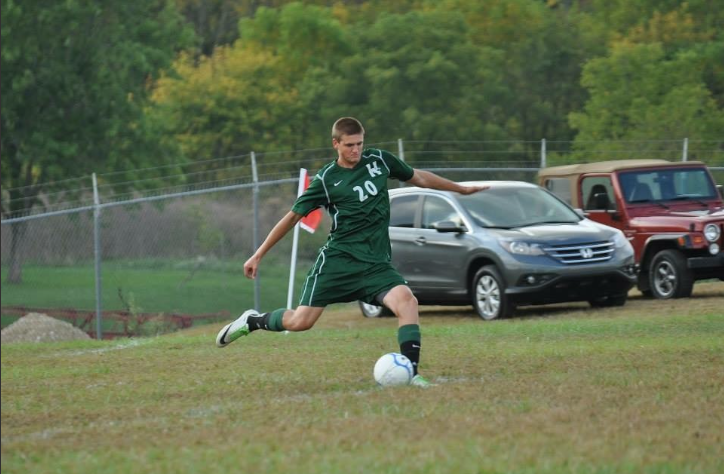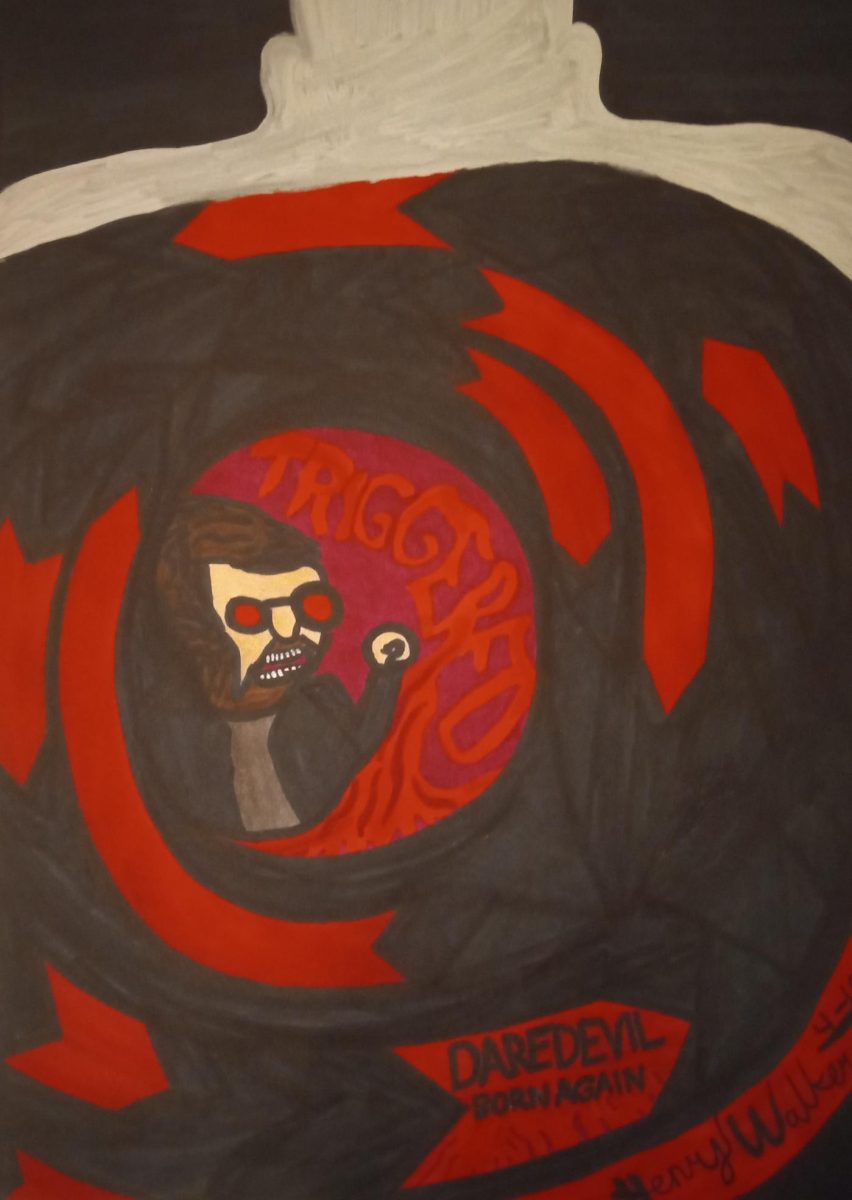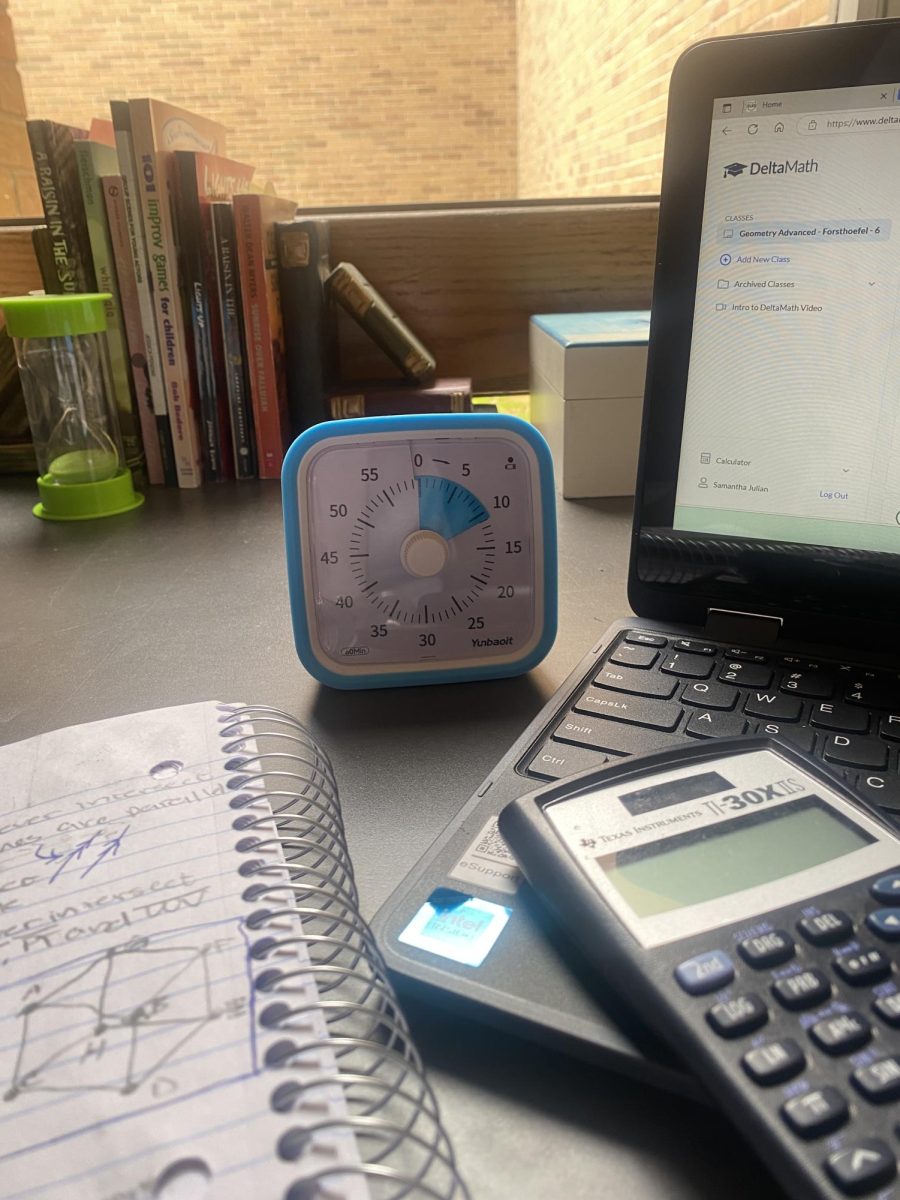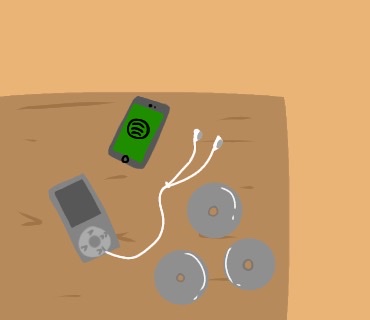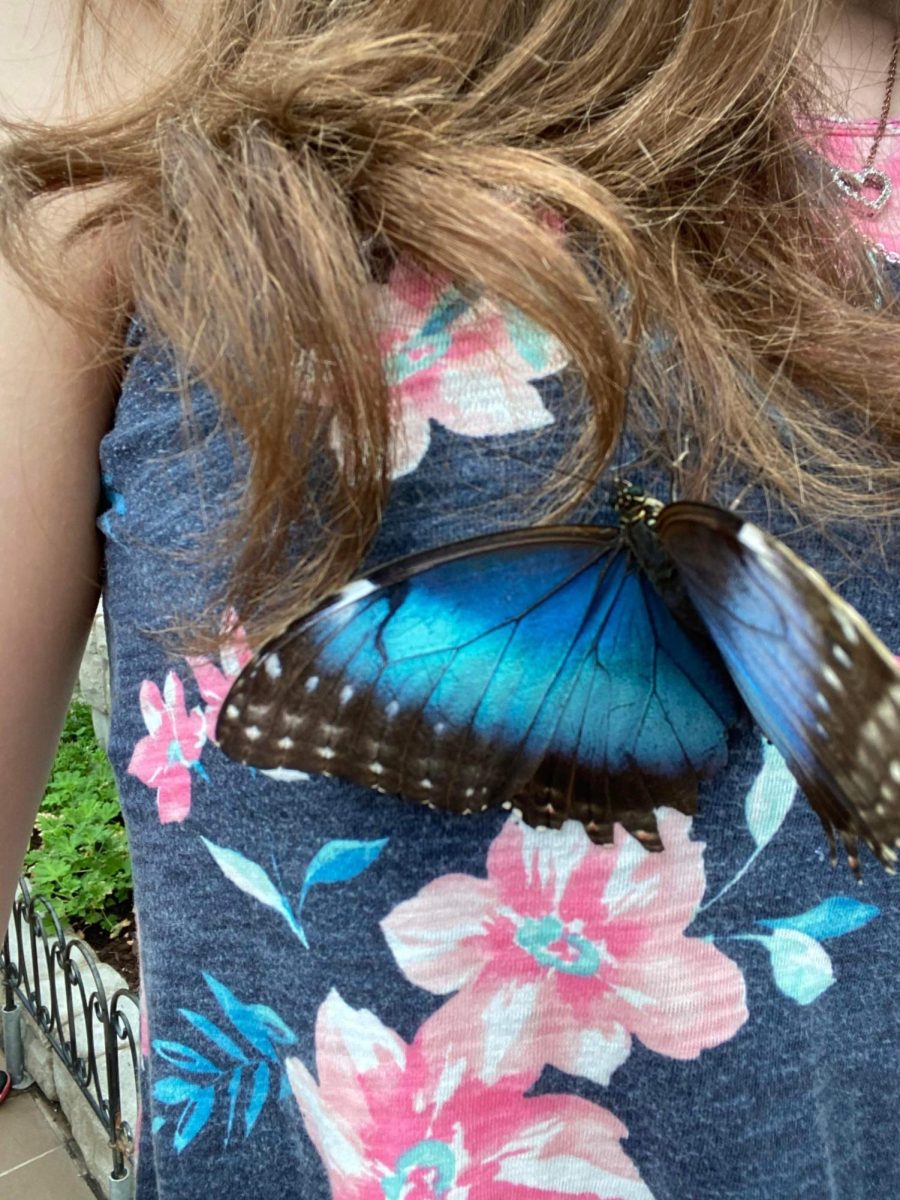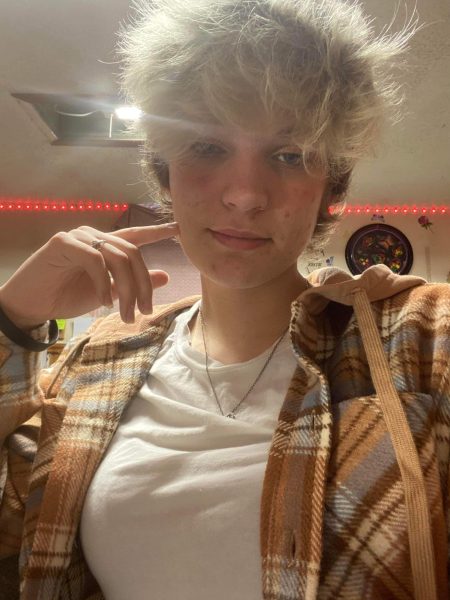Butterflies are the world’s favorite insect, and they are certainly my favorite. Not only are they beautiful, but to me they represent hope, connection, and peace. Thanks to All about butterflies | Department of Horticulture (uky.edu), in this article, you will learn everything you need to know about butterflies.
Butterflies have been around for 101.4 million years. The population is dying down due to their breeding habitats declining because of land use and deforestation. There are 17,500 different species of butterflies in the world and 750 species in America. Butterflies are winged insects from the Lepidoptera suborder Rhopalocera.
In the first stage, the adult butterfly will lay eggs or ovum, which will be laid on stems or leaves. It is a good food source for the larva when they hatch.
The second stage is when the larva is growing. At this stage its main purpose is to eat. From then on the larva will grow into a full adult caterpillar. After that happens and the caterpillar is done growing, it will begin the third stage.
The third stage is when the caterpillar will attach itself to a stem, stick or something small. “The exoskeleton splits open and reveals the chrysalis.” The pupa is not motionless on the inside. The structure of the caterpillar is then broken down and rearranged into the wings, body, and legs of the adult butterfly. It doesn’t need to eat because, in the larva stage, it stores all of the food for energy.
The last stage is when the chrysalis splits and the butterfly emerges. It will eventually grow and lay eggs again to repeat the cycle.
Caterpillars are extremely particular about what they eat, and therefore the adult butterfly has to pick a specific plant for them to be able to eat. They don’t move much so they may spend their entire life on the same plant. Their main goal is to eat as much as they can to be able to pupate.
Adult butterflies are also particular in what they eat. Unlike caterpillars, butterflies can roam around and look for food in a much bigger area. They feed off of various liquids such as flower nectar, liquids in rotting fruit, ooze from trees, and animal dung. They have this tube-like tongue called a proboscis which uncoils to sip liquid food and coils back up when they are done.
Butterflies are cold-blooded and can’t regulate their body temperature. “Their body temperature changes with the temperature of their surroundings.” When they get too cold they cannot fly and have to warm up their muscles to be able to. They bask with their wings spreading them out soaking up the heat from the sun.
“When butterflies get too hot they may head for shade or cool areas like puddles.” Some will go to mud puddles or wet sandy areas and drink from them. Males usually puddle more than females because the salts and nutrients in the water are needed for mating.
While it is mating season, the males will perch or patrol. They will fly over an active area looking for a female butterfly to mate with or they will perch while looking. If the male finds a female, it will do a mating ritual, but if it finds another male, a fight may break out. When the male finds a female of his own species (from color and the patterns of the wings) he will fly closer and release pheromones. Males might also do a courtship dance to attract the female. The dance consists of flight patterns peculiar to the species. When their bodies have joined the male passes his sperm into the female and then the eggs pass through her egg-laying tube they are fertilized by the sperm but the male dies soon after.
When it gets colder in their area, Butterflies will migrate to a warmer region. Some species of butterflies only travel for a few hundred miles, while others will travel for thousands. Butterflies also hibernate in protected locations. They will use peeling bark, perennial plants, logs, or old fences. Normally each species is dormant in only one stage.
Predators of butterflies and caterpillars consist of birds, spiders, lizards, and other animals. Due to this, they have developed many ways to protect themselves. The most common way for this is camouflage. Caterpillars can seemingly disappear into the background due to their color. Many of them are green, making it difficult to detect because they blend into the host leaf. Larva also look like bird droppings which make them unappealing to predators. Butterfly’s wings have patterns that can help them blend in with dead leaves on a twig when they are at rest and their wings are closed.
When people see Butterflies they think so many different things. They can be a symbol of rebirth and resurrection for the triumph of the spirit and the soul over the physical prison of the material world. The ancients believe it is an emblem of the soul and unconscious attraction towards light. In China, it has a secondary meaning of joy and bliss.
Many people think that when they see a butterfly it’s a sign from heaven sent from our loved ones that their soul and spirit lives on beyond the physical. It can also mean change, transformation, hope, and your inner self. Some people also say that butterflies can also gravitate toward you if you have a kind, compassionate, and or imaginative spirit.
Personally, I have always loved butterflies and they always put a smile on my face when I see them. On my birthday, I went to the Krohn Conservatory and I got to see butterflies. They were flying all around and it was so much fun it brought a lot of joy to me. I got to hold some of them and some even landed on me.
I am a regular at the zoo and the butterfly exhibit is just wonderful. I love looking at all of the different butterflies that are flying around. I love the scenery in the exhibit. Every time I go to the zoo I make it my goal to see the butterflies.
At one point camping with my family a few months after my grandpa’s passing I was standing by my aunt’s car and here comes this beautiful blue butterfly. I was astonished by its beauty. standing there with my hand out, it landed right on me. A wave of peace came over me and it felt as if my grandpa was right there with me.
I would always sit out in the yard with my dad doing things outside and see butterflies around. He had a pond and planted special flowers and plants around it that butterflies and caterpillars liked. I would sit there and watch butterflies come to the flowers and drink from them then fly away. I was out there by myself one day and found caterpillars and yelled for my dad. He told me that they were monarch butterfly caterpillars and I was so blown away and happy because we were going to have more butterflies.
I now find myself sitting outside sometimes doing my own little thing when butterflies catch my eye. I get happy and I try my best to get as close as possible then I look them up and put them on my list. I love learning new species of butterflies when I get the chance.












